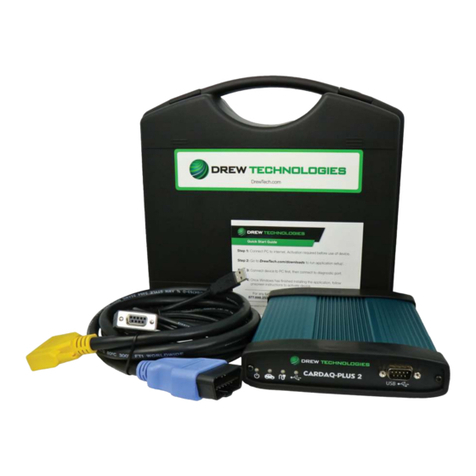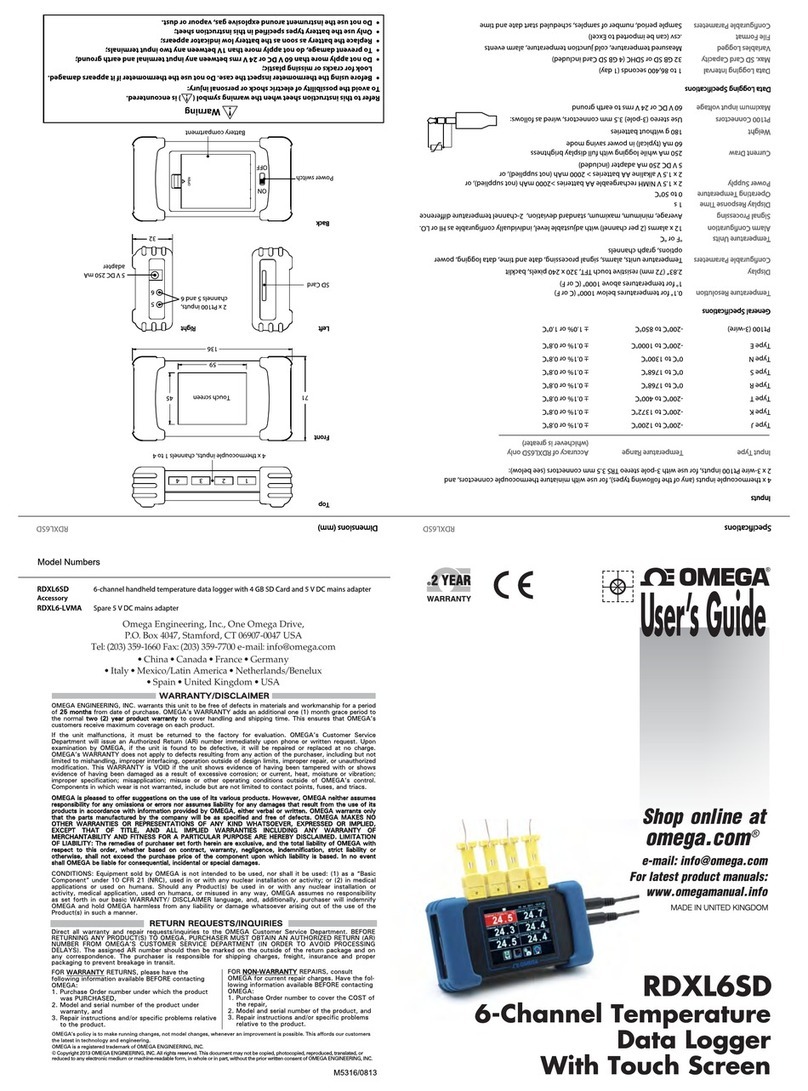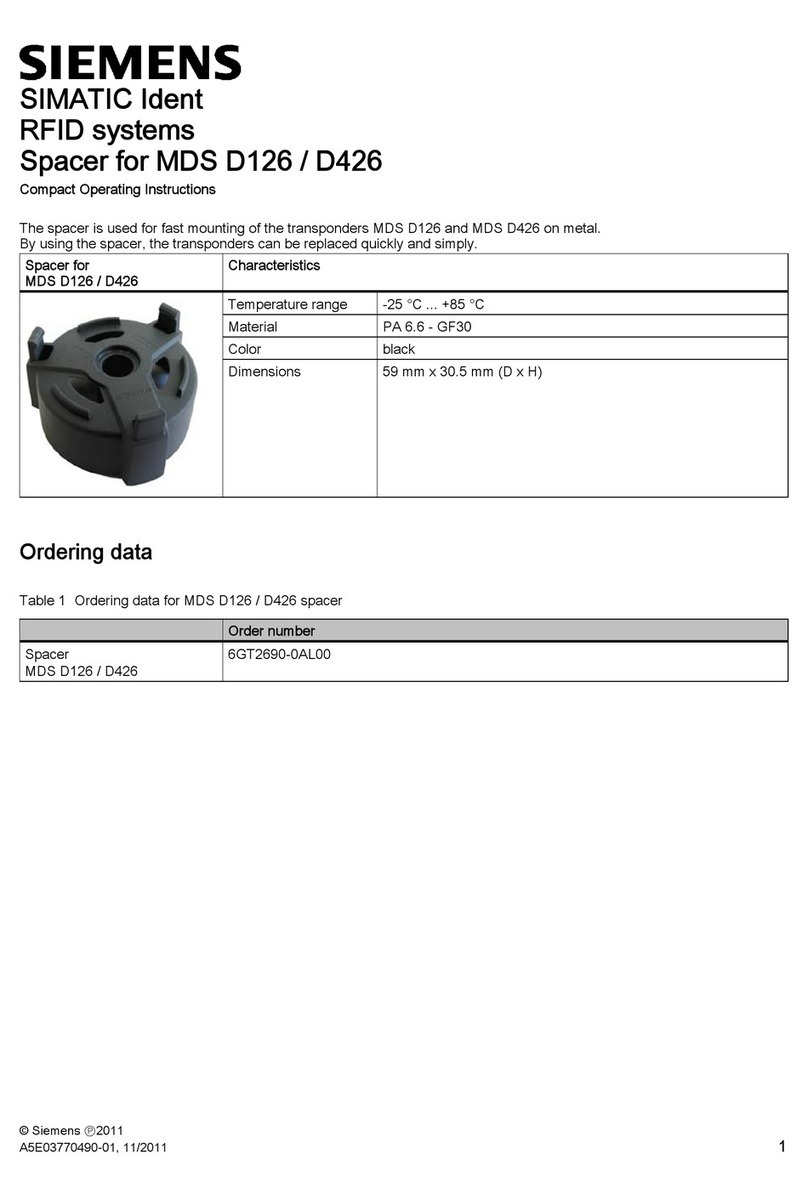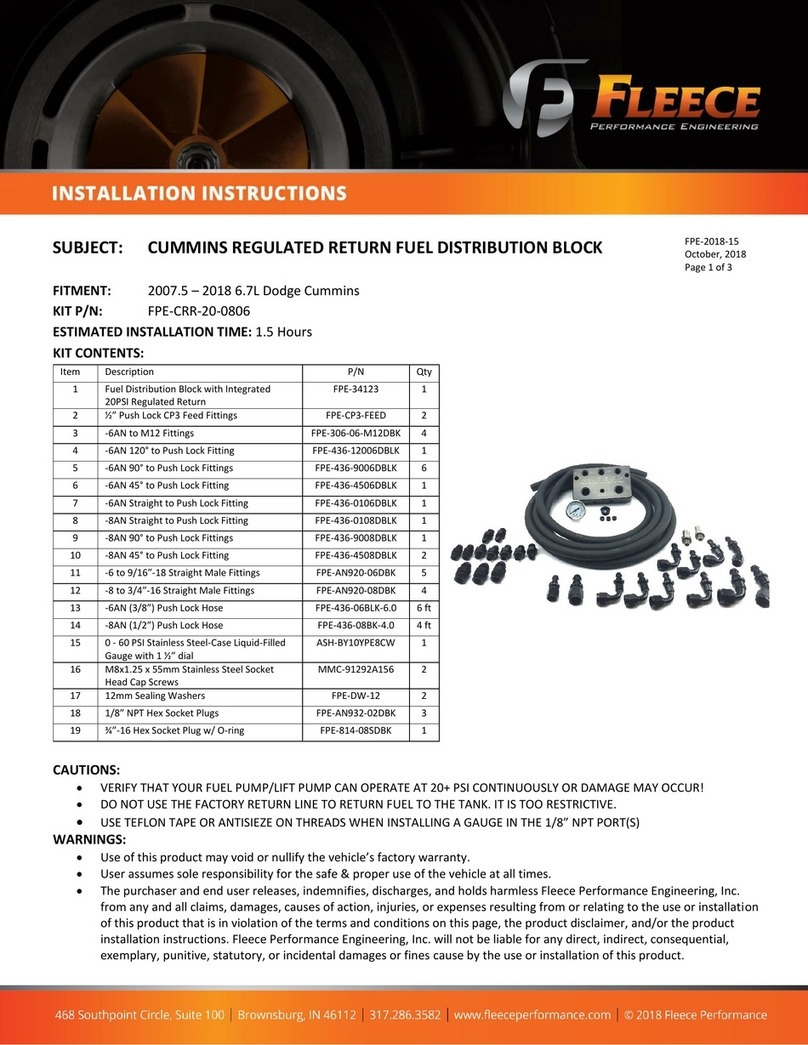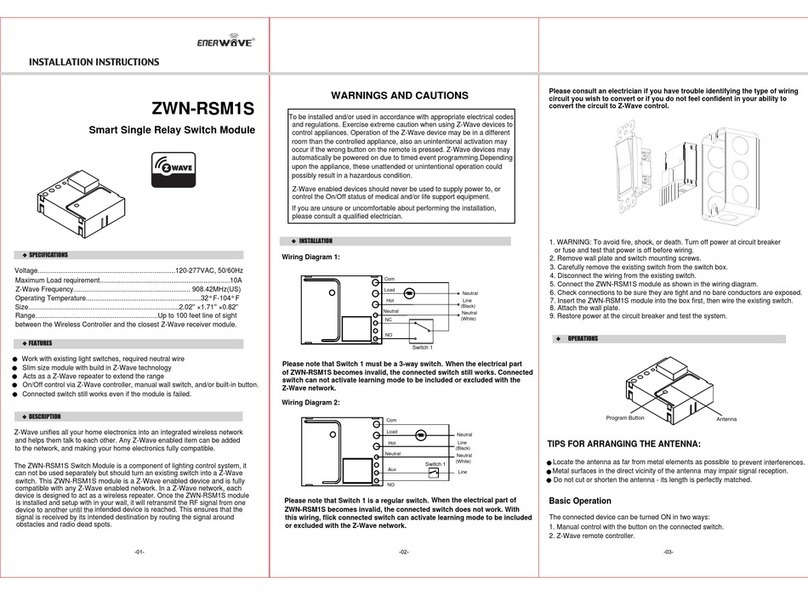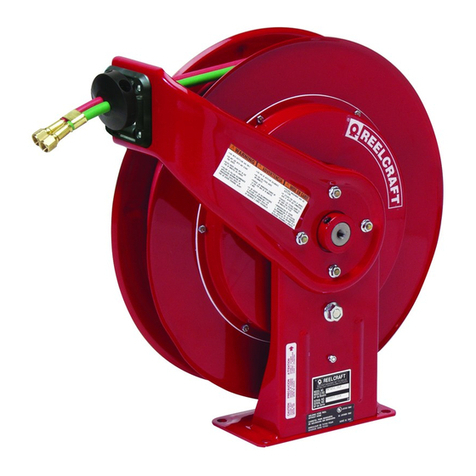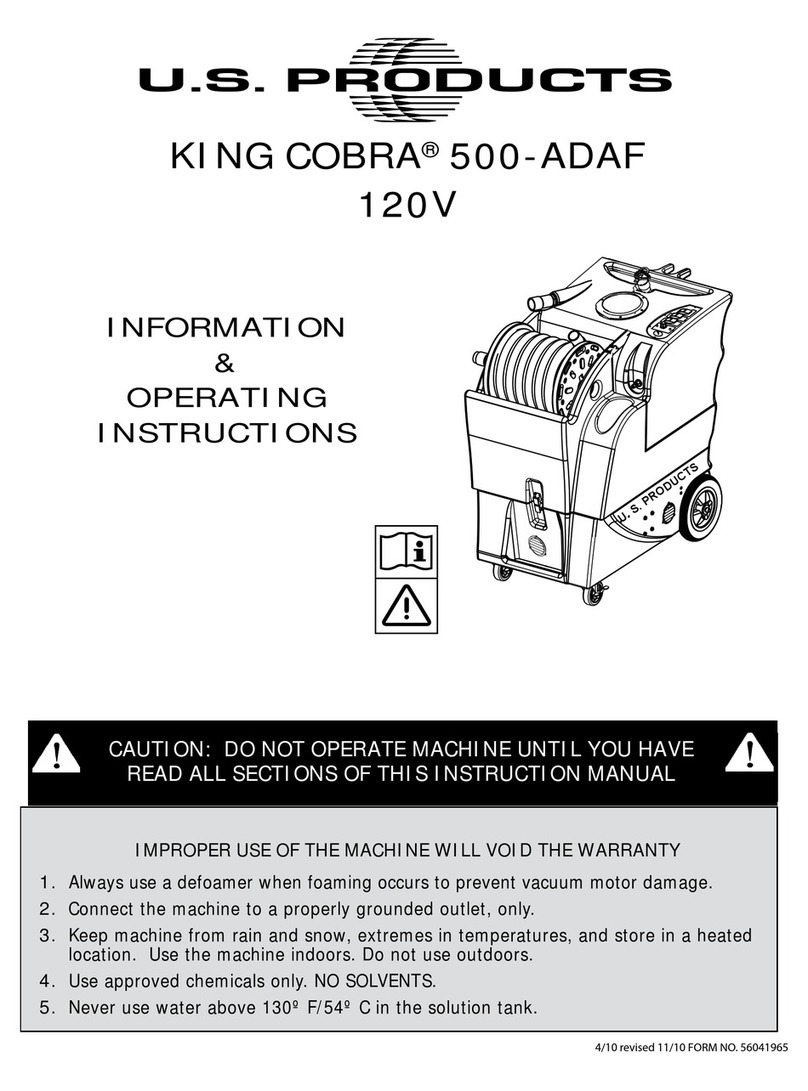When you connect the M-V or M-VT controls be sure to use the new,
smaller single cable connector instead of the larger dual cable
connector that is used by the standard Amulet M systems. The clip on
the side of the Amulet M preamp (adjacent to the EXT Connector jack
where the cable plugs in) allows you to securely anchor the cable to the
preamp and prevent it from being pulled loose or disconnected by
vibration or cable routing problems.
Plug the cable into the keyed EXT jack, paying attention to the orientation. Gently make sure the plug is
inserted as far as it will go (the rear of it should be about even with the outside of the preamp), then
insert the cable into the clip on the side of the preamp, leaving a small loop of wire (as shown on P.14
of the Amulet M User Guide). This ensures that any cable tension will not pull or wiggle the plug loose
from the connector, which can cause intermittent (or no) operation of the system. (See P. 11-13 of the
Amulet M User Guide for additional info on installing the soundhole controls)
Using Phantom Power
Each Amulet M Phantom preamp has specific electronics designed to work with 48 volt phantom power
(it cannot be used with battery power). The Phantom preamp will not work with lower phantom power
voltages such as 24 or 12 volts. While this lower voltage might be useful for some types of small
microphones, it will not power the Amulet M Phantom correctly, so be sure and check the
manufacturer's info for any unit that you are considering for use with our system.
Most modern mixers have 48 volt phantom power built into their microphone preamp channels. This
means that you can plug the Amulet M Phantom directly into the mic input of your mixer, turn on 48V
phantom power and play. Some devices advertise phantom power capabilities, but actually have lower
phantom voltages which will not power our system, so be sure to carefully examine any manufacturers
literature for any device you are considering for this purpose. There are also instances where a device
may provide 48 volt phantom power, but at a much lower than usual current capability (just enough to
power a small microphone) and will not properly power our system. This is usually only the case with
very inexpensive gear.
If you're not using a mixer or other device that has the necessary 48 volt phantom power available,
there are a number of low-cost standalone phantom power supply units that are available from a variety
of sources. These typically have an input and output XLR connector, a connector for a plug in power
adapter, and internal electronics to supply phantom power.
A big advantage of this type of system is that you can treat the XLR output of a standalone phantom
power supply just as you would an active direct box; since the output is a balanced low impedance
signal, you can plug it directly into an XLR stage box or any other XLR input. If you need a standard
1/4" unbalanced output to interface to your amp, pedalboard, or other equipment, an inexpensive XLR
to 1/4" adapter can be used to easily provide this type of output.
Cable
The Amulet M Phantom uses a cable that has a stereo TRS 1/4" plug on one end, and a male XLR plug
on the other. This type of cable can be easily found at most music stores, or from online retailers. Make
sure you buy a good one; a cheap cable may have poor or intermittent connections at one or both ends
which can cause noise or pops in the audio. We offer an excellent cable from our Custom Shop, made
specifically for this application. It uses high quality Canare™ cable, and has a very rugged metal low
profile right angle TRS plug on the instrument end. This is the perfect type of connector as it allows you
to easily loop the cable through your strap, and its low profile keeps it out of the way as you move
around the stage or place your instrument in a stand. You can plug any standard microphone cable into
this cable to extend the length as desired, and the Amulet M Phantom balanced low impedance output
will keep your signal clean and interference-free.
Trance Audio, Inc. phone: (831)688-9699 email: info@tranceaudio.com


